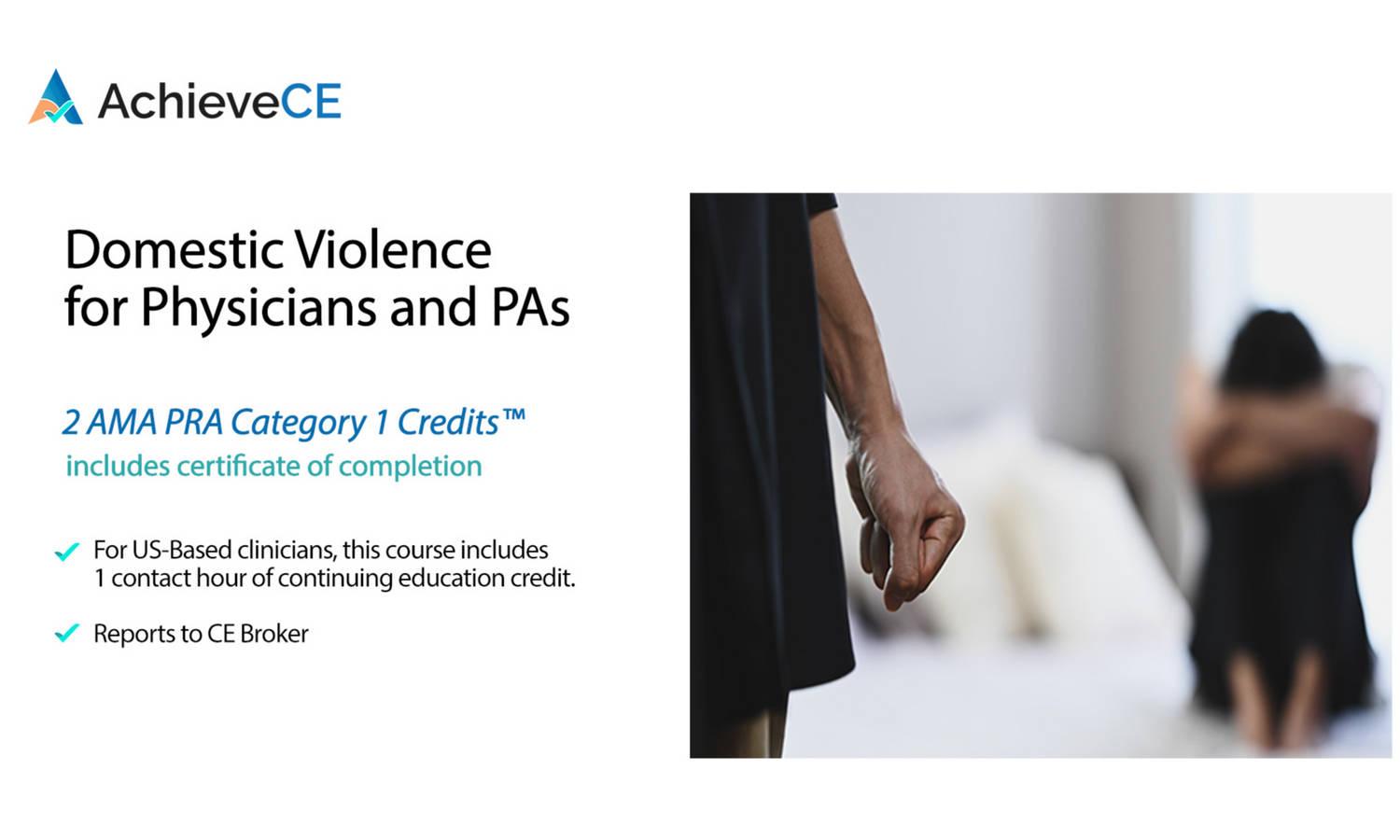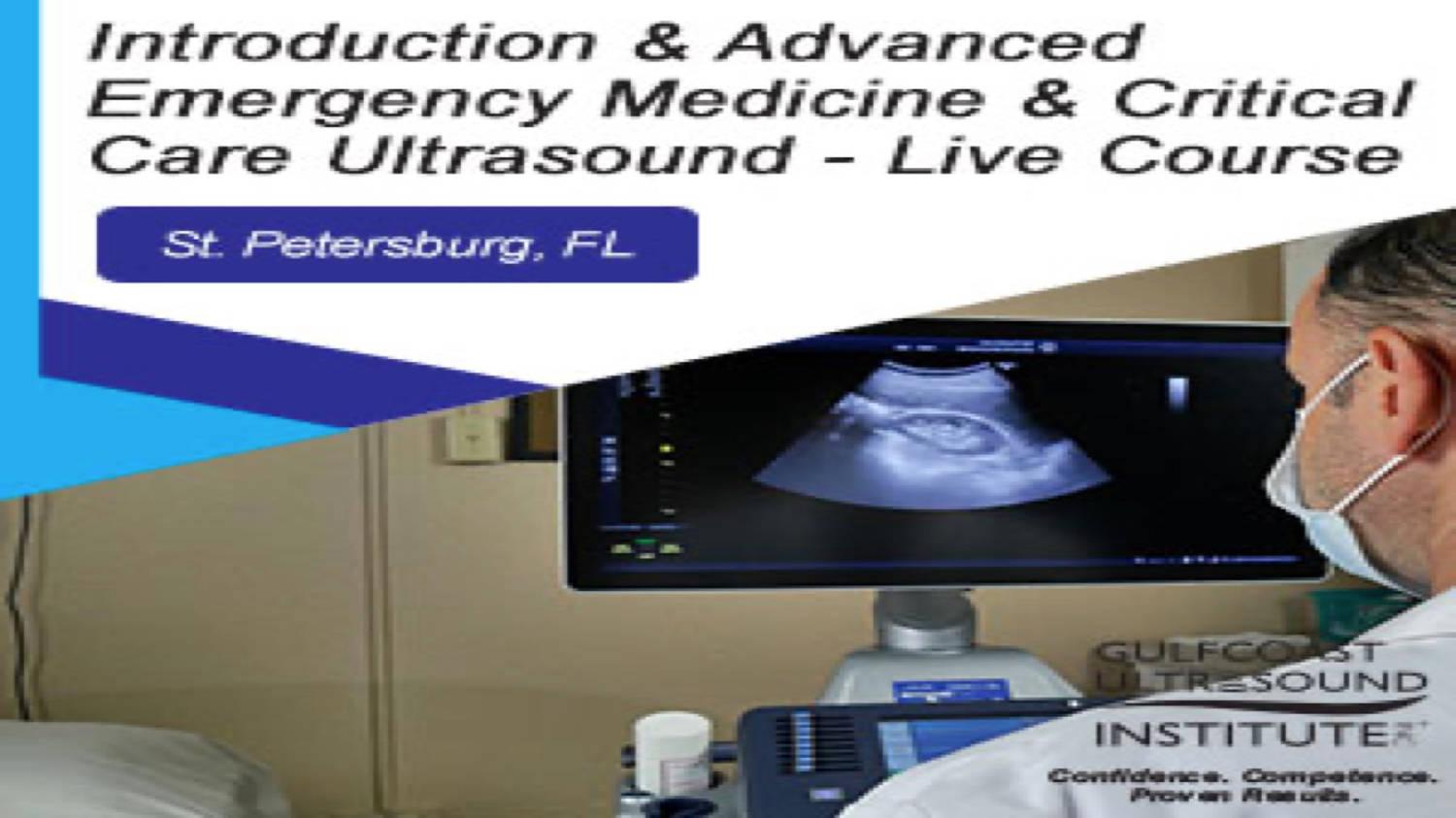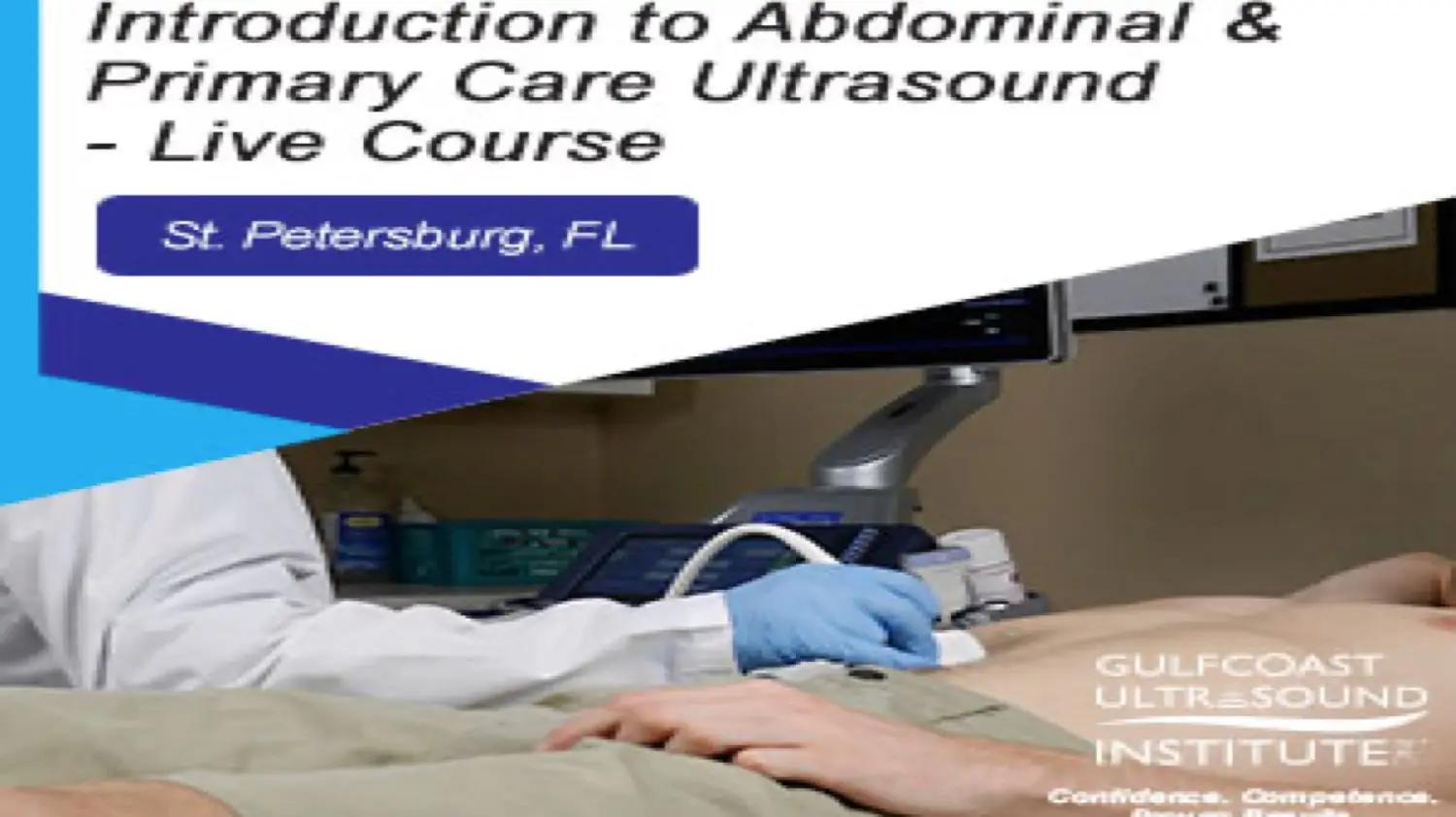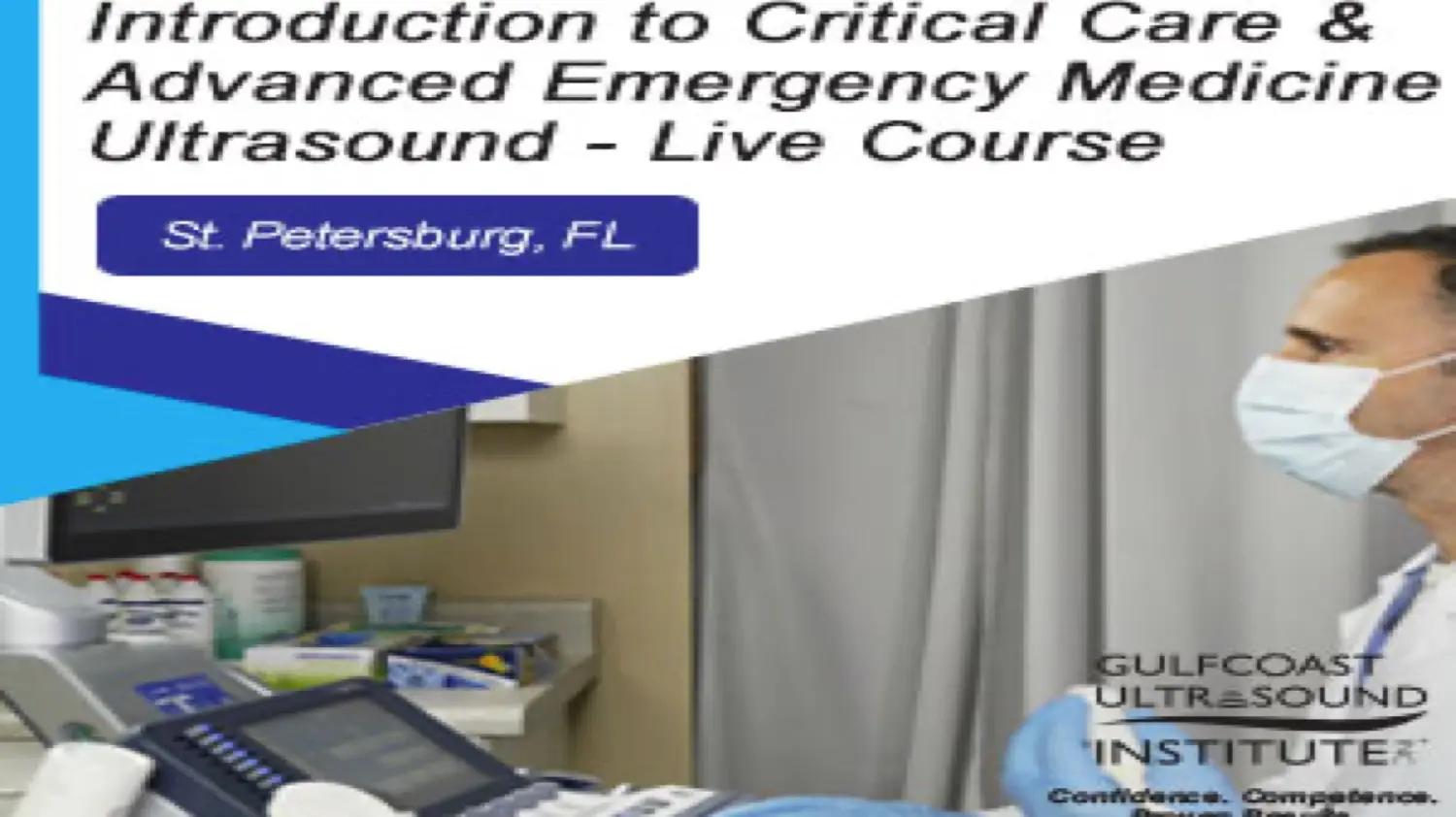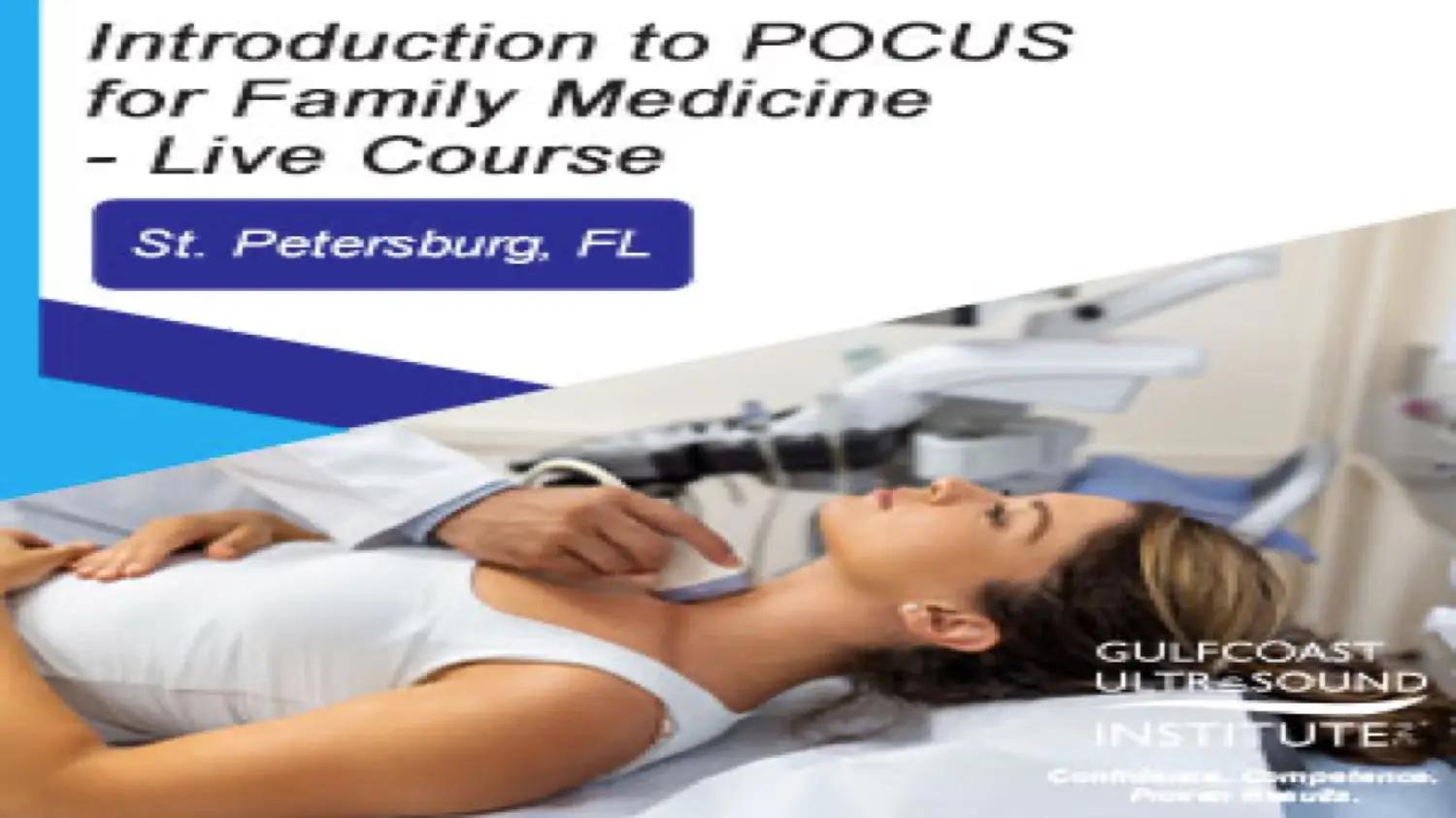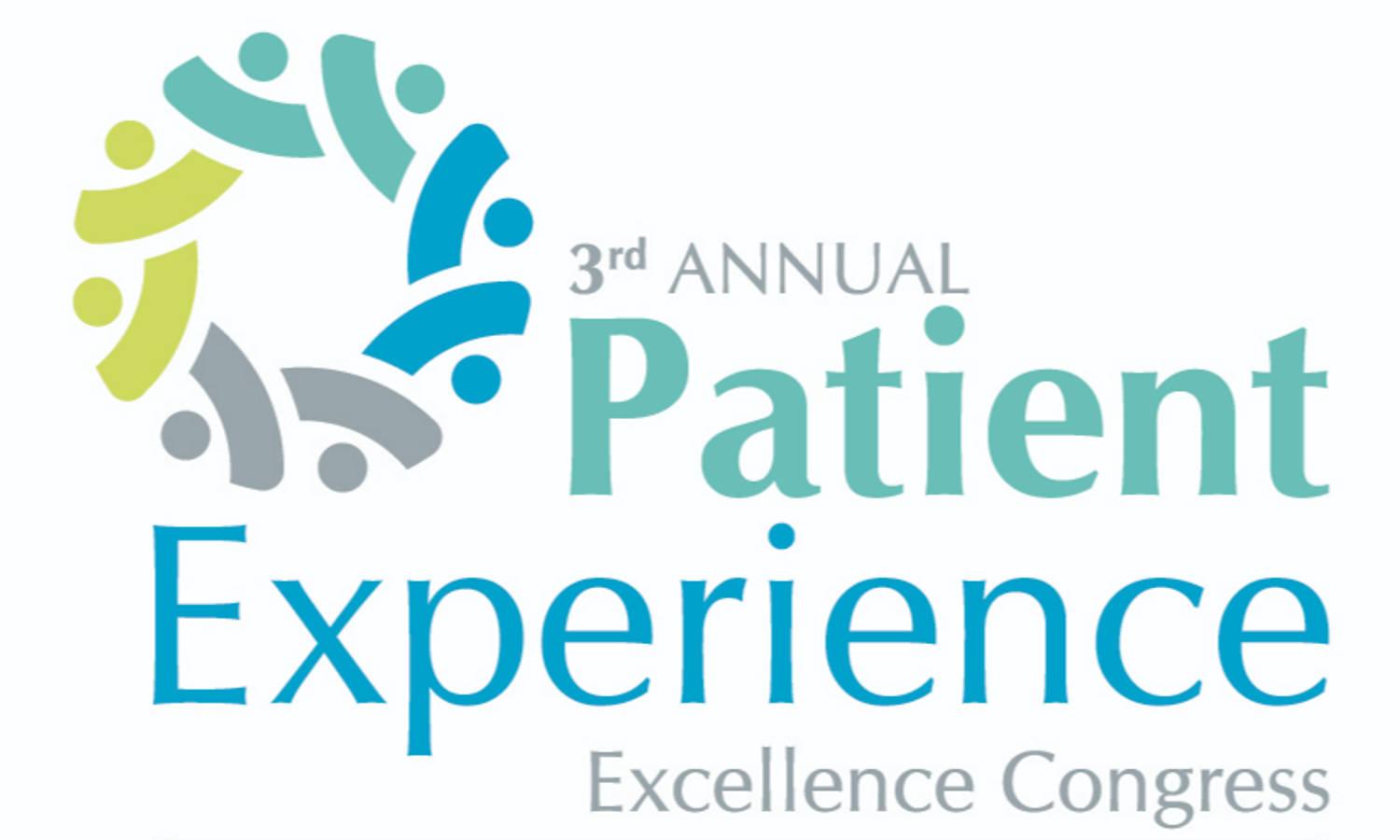
Internal Medicine for Primary Care: Emergency/Gastro/Pain
 hosted byMedical Education Resources (MER)
hosted byMedical Education Resources (MER)Learning Objectives
Upon completion of this program, participants should be better able to:
- List current treatment recommendations for the management of lower GI bleeding
- Discuss the guidelines for colonoscopic colorectal cancer screening and surveillance
- Identify risk factors for the development of non-alcoholic fatty liver disease
- List current treatment recommendations for HBV and HCV
- Evaluate a patient who becomes unstable in the office and prepare for transport via ambulance - Evaluate and manage minor wounds
- Utilize history and physical exam to determine if a patient has a toxidrome
- Discuss the importance of suicide risk assessment in patients presenting with psychiatric emergencies
- Identify strategies to overcome the challenges of treating chronic pain
- Discuss key concepts in the evaluation and treatment options of low back pain
- Discuss current evidence regarding the use of cannabis for pain management
- Design opioid pain management strategies
Disclosure of Conflicts of Interest
Medical Education Resources insures balance, independence, objectivity, and scientific rigor in all our educational activities. In accordance with this policy, MER identifies conflicts of interest with its instructors, content managers, and other individuals who are in a position to control the content of an activity. Reported conflicts of interest are mitigated by MER to ensure that all scientific research referred to, reported, or used in a CE activity conforms to the generally accepted standards of experimental design, data collection, and analysis. MER is committed to providing learners with high-quality CE activities that promote improvements or quality in health care and not the business interest of a commercial interest.
Disclaimer
The content, views and opinions presented in this educational activity are those of the authors and do not necessarily reflect those of Medical Education Resources. The authors have disclosed if there is any discussion of published and/or investigational uses of agents that are not indicated by the FDA in their presentations. Before prescribing any medicine, primary references and full prescribing information should be consulted. Any procedures, medications, or other courses of diagnosis or treatment discussed or suggested in this activity should not be used by clinicians without evaluation of their patient’s conditions and possible contraindications on dangers in use, review of any applicable manufacturer’s product information, and comparison with recommendations of other authorities. The information presented in this activity is not meant to serve as a guideline for patient management.
Accreditation Statements
Joint Accreditation for Interprofessional Continuing Education
In support of improving patient care, Medical Education Resources is jointly accredited by the Accreditation Council for Continuing Medical Education (ACCME), the Accreditation Council for Pharmacy Education (ACPE), and the American Nurses Credentialing Center (ANCC), to provide continuing education for the healthcare team.
This activity was planned by and for the healthcare team, and learners will receive 12 Interprofessional Continuing Education (IPCE) credits for learning and change.
Physician Credit Designation
AMA PRA Category 1 CreditsTM
Medical Education Resources designates this live activity for a maximum of 12 AMA PRA Category
TM
American Board of Internal Medicine MOC Recognition (ABIM)
Successful completion of this CME activity, which includes participation in the evaluation component, enables the participant to earn up to 12 (part II) MOC points in the American Board of Internal Medicine's (ABIM) Maintenance of Certification (MOC) program. Participants will earn MOC points equivalent to the amount of CME credits claimed for the activity. It is the CME activity provider's responsibility to submit participant completion information to ACCME for the purpose of granting ABIM MOC credit.
American Academy of Family Physicians (AAFP)
This Live activity, Internal Medicine for Primary Care: Emergency Med/Gastro/Pain, with a beginning date of September 1, 2023 has been reviewed and is acceptable for up to 12 Prescribed credits by the American Academy of Family Physicians. Physicians should only claim the credit commensurate with the extent of their participation in the activity.
American Osteopathic Association (AOA)
These programs are approved for 12 hours in Category 2-A by the American Osteopathic Association.
American College of Emergency Physicians (ACEP)
This program is approved by the American College of Emergency Physicians for a maximum of 12 hours of ACEP Category I credit.
Canadian Physicians
The College of Family Physicians of Canada (CFPC) has a reciprocal credit agreement with the American Academy of Family Physicians (AAFP) for activities which offer Prescribed credit. CFPC members who complete these conferences may claim the equivalent number of Mainpro-M1 credits.
1 Credits
. Physicians should claim only the credit commensurate with the extent of their participation in the activity.
Nursing Credit Designation
American Nurses Credentialing Center (ANCC)
Medical Education Resources designates this live activity for a maximum of 12 ANCC nursing contact hours. Nurses will be awarded contact hours upon successful completion of the activity.
This activity is designated for 6.0 ANCC pharmacotherapeutic contact hours.
American Academy of Nurse Practitioners (AANP)
The American Academy of Nurse Practitioners (AANP) Certification Board recognizes and accepts continuing education (CE) contact hours from activities approved by AMA, ACCME, ANCC, AANP, AAFP and AACN.
California Board of Registered Nursing
Medical Education Resources is approved by the California Board of Registered Nursing, Provider Number 12299, for 12 contact hours.
Physician Assistant Credit Designation
American Academy of Physician Assistants (AAPA)
Medical Education Resources has been authorized by the American Academy of PAs (AAPA) to award AAPA Category 1 CME credit for activities planned in accordance with AAPA CME Criteria. This activity is designated for 12 AAPA Category 1 CME credits. PAs should only claim credit commensurate with the extent of their participation.
Pharmacy Accreditation
Accreditation Council for Pharmacy Education (ACPE)
Medical Education Resources (MER) designates this live continuing education activity for 12 contact hours (1.2 CEUs) of the Accreditation Council for Pharmacy Education.
Universal Program Number: JA0003680-0000-23-085-L01-P
Participants will be required to sign in at the start of the program and/or complete a program evaluation.
Credits will be uploaded into CPE Monitor within 60 days of the activity.
This activity is certified as Knowledge-based CPE.

